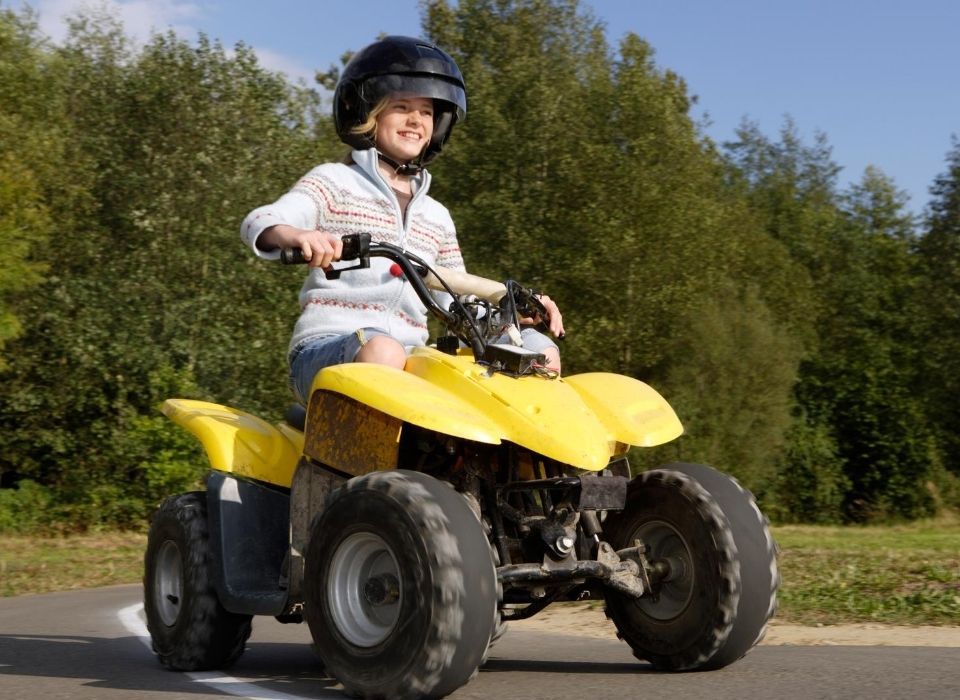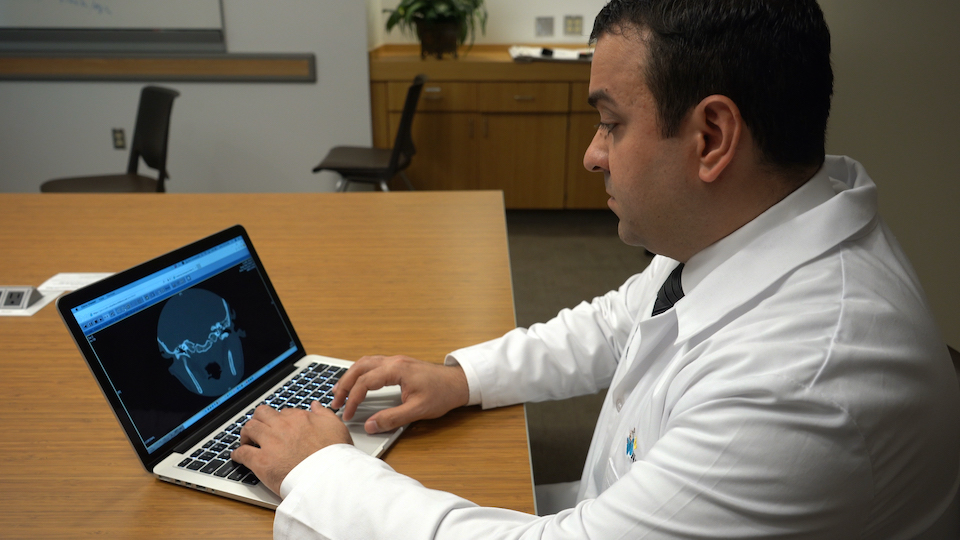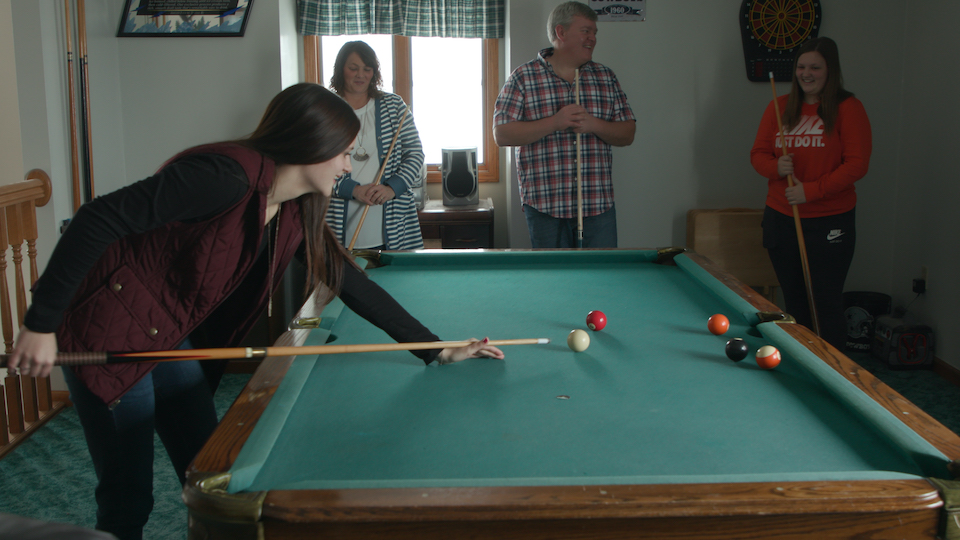(COLUMBUS, Ohio) – As the weather warms, children and teens will be spending more time outside. For some, this will include riding all-terrain vehicles (ATVs). Unfortunately, this activity comes with significant risks. A new study conducted by researchers at the Center for Injury Research and Policy and the Department of Otolaryngology-Head and Neck Surgery at Nationwide Children’s Hospital analyzed data regarding ATV-related head and neck injuries treated in U.S. emergency departments from 1990 through 2014 involving patients younger than 18 years of age.

The study, published in Clinical Pediatrics, found an average of more than 11,000 children and teens treated for nonfatal ATV-related head and neck injuries annually in emergency departments – that’s approximately 31 children and teens injured each day. The number of these injuries goes up during the warmer months of April through September, when they average 68 per day on the weekends. The number of injuries fluctuated over the course of the study, going up after the Consent Decree agreement between the ATV manufacturers and the government, which included numerous safety measures, ended in 1998. Injuries peaked in 2007.
“Although the number of nonfatal ATV-related head and neck injuries decreased during the latter part of the study period, they remain too frequent and can have long-term consequences,” said Kris Jatana, MD, co-author of the study and pediatric otolaryngologist-head and neck surgeon at Nationwide Children’s. “Most of these serious injuries can be prevented.”

Being thrown off of an ATV was the most common mechanism of injury (30%), followed by crash (19%) and rollover (16%). Overall, broken bones and concussions/closed head injuries each accounted for approximately one-third of the injuries, but these proportions varied by age group. More than 15% of injured youth were admitted to a hospital. Riding on a roadway was especially dangerous. Children and teens who were injured on a street or highway were about 1.5 times more likely to be admitted to a hospital for their injury than those injured at other locations.
Children younger than 12 years of age accounted for almost half (46%) of injured youth in the study despite the recommendation by the American Academy of Pediatrics that children should be at least 16 years of age – old enough to drive a car – before they operate an ATV. Children younger than 12 years were more likely than teens to sustain broken bones and be injured when thrown off of an ATV, whereas teens were more likely than younger children to be diagnosed with concussions/closed head injuries and to be injured by an ATV rollover.
“ATVs are powerful machines designed strictly for off-road use that require mature judgement, coordination, strength, and moment-to-moment decision making. Adoption of the safety recommendations outlined by the American Academy of Pediatrics would go a long way in preventing many pediatric ATV-related head and neck injuries,” said Gary Smith, MD, DrPH, senior author of the study and director of the Center for Injury Research and Policy at Nationwide Children’s. “These recommendations include requiring children to be at least 16 years old before they operate an ATV, wearing a helmet designed for motorcycle use every time they ride, prohibiting passengers, and not riding on roadways.”
Data for this study were obtained from the National Electronic Injury Surveillance System (NEISS) database, which is maintained by the US Consumer Product Safety Commission. The NEISS database provides information about consumer product-related injuries treated in hospital emergency departments across the country.

The Center for Injury Research and Policy (CIRP) of the Abigail Wexner Research Institute at Nationwide Children’s Hospital works globally to reduce injury-related pediatric death and disabilities. With innovative research at its core, CIRP works to continually improve the scientific understanding of the epidemiology, biomechanics, prevention, acute treatment, and rehabilitation of injuries. CIRP serves as a pioneer by translating cutting edge injury research into education, policy, and advances in clinical care. For related injury prevention materials or to learn more about CIRP, visit www.injurycenter.org. Follow CIRP on Twitter @CIRPatNCH.
The Department of Otolaryngology at Nationwide Children’s Hospital is committed to identifying new prevention, diagnosis, and treatment of childhood ear, nose, and throat (ENT) diseases. From the most common disorders to complex problems that require unique expertise, the ENT team at Nationwide Children’s is specially trained to treat children. To learn more about ENT services at Nationwide Children’s, visit https://www.nationwidechildrens.org/specialties/ear-nose-throat-ent-services-otolaryngology.
The Women's Outdoor News, aka The WON, features news, reviews and stories about women who are shooting, hunting, fishing and actively engaging in outdoor adventure. This publication is for women, by women. View all posts by The WON